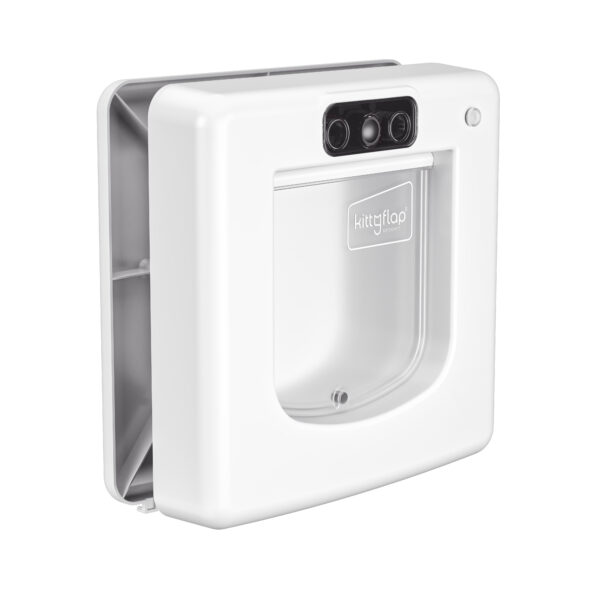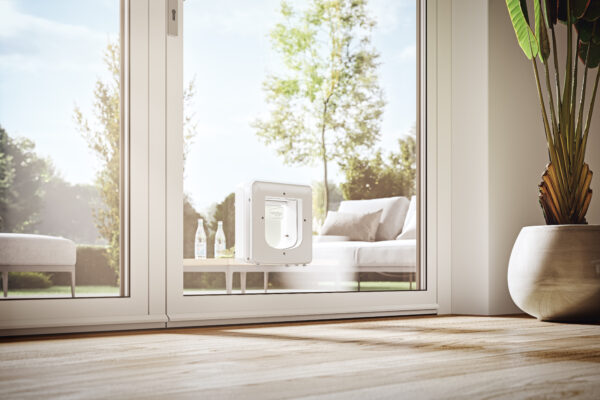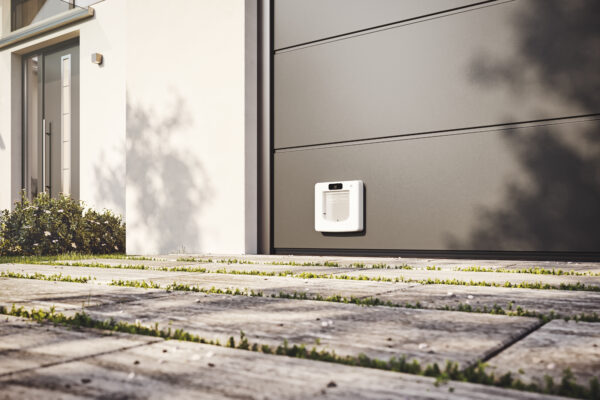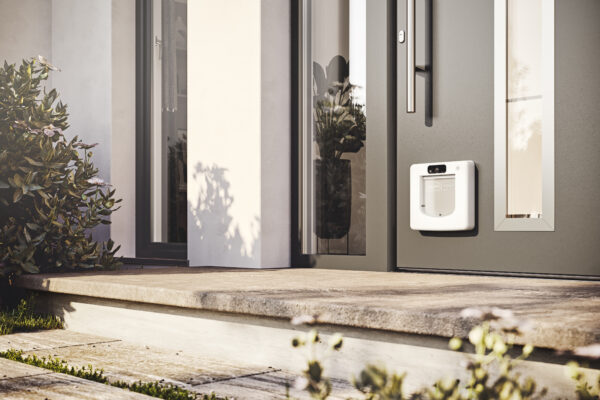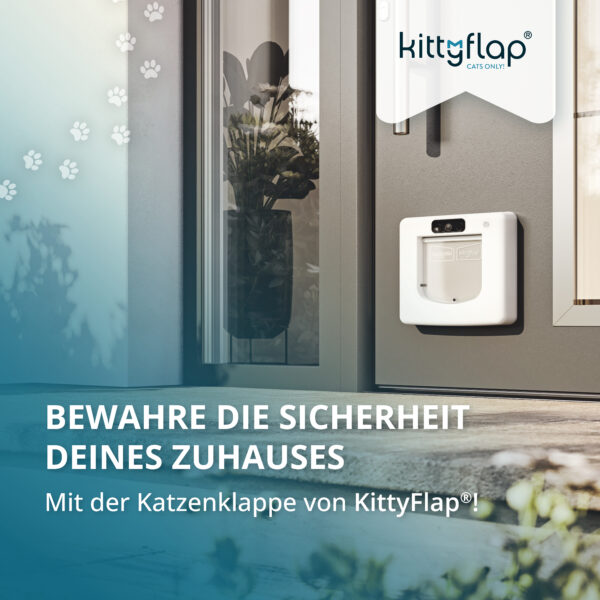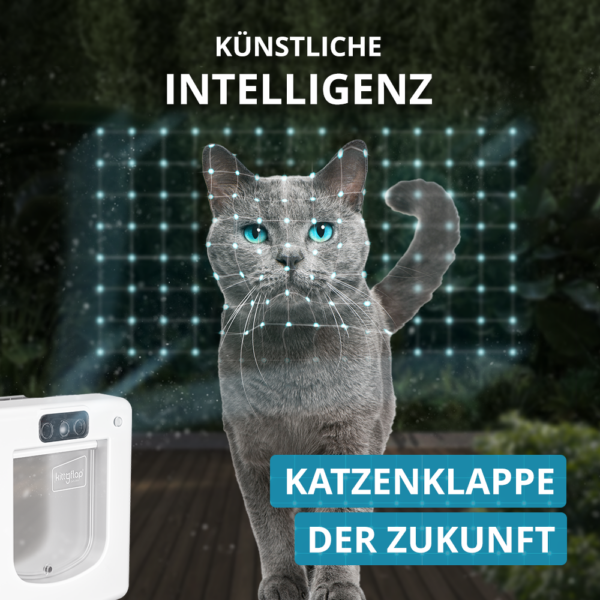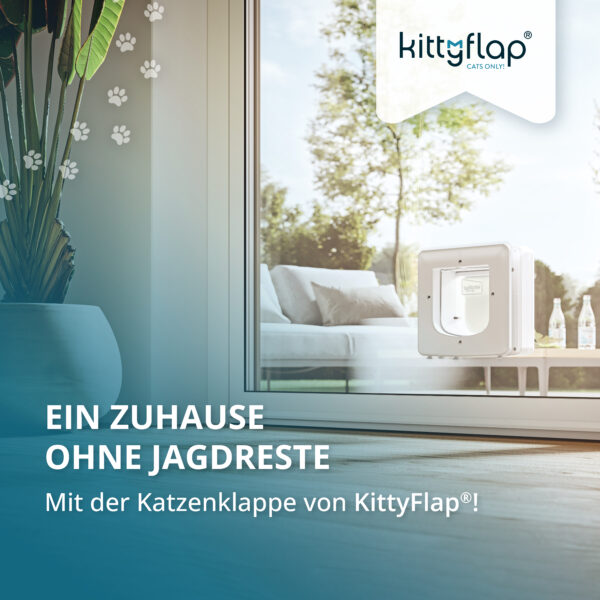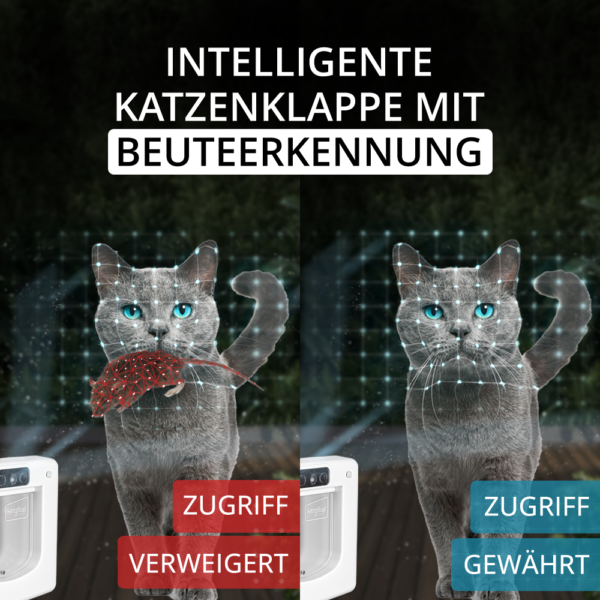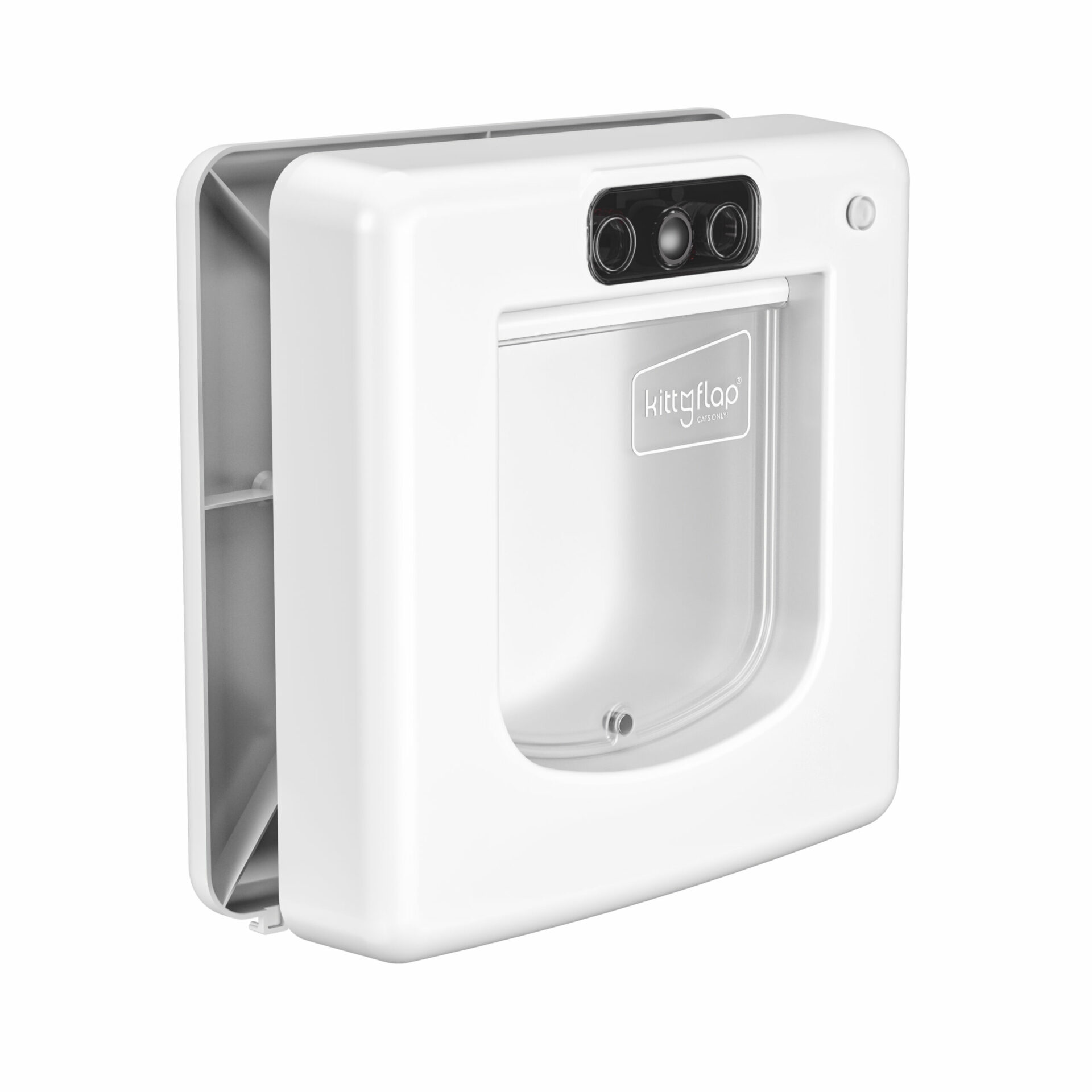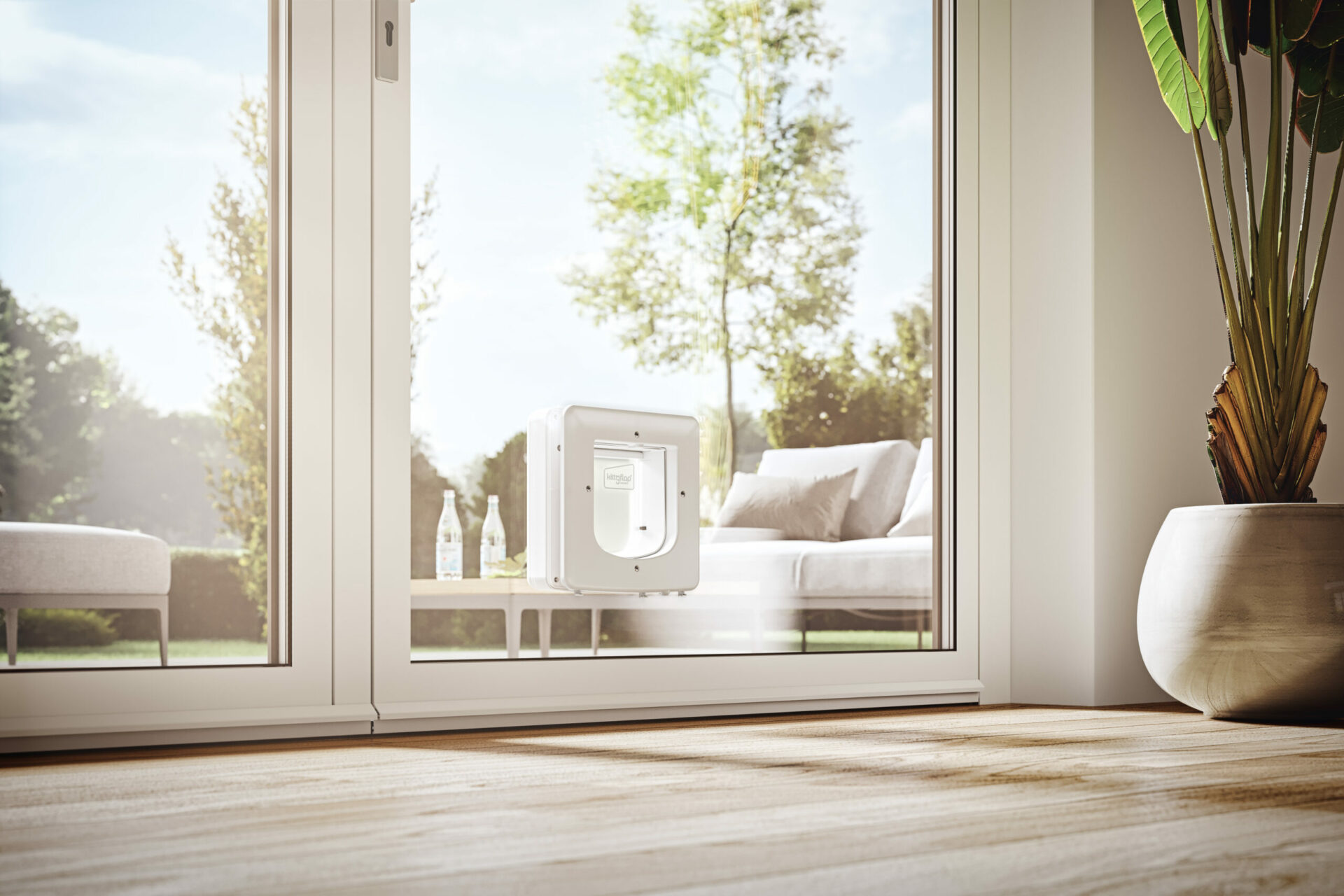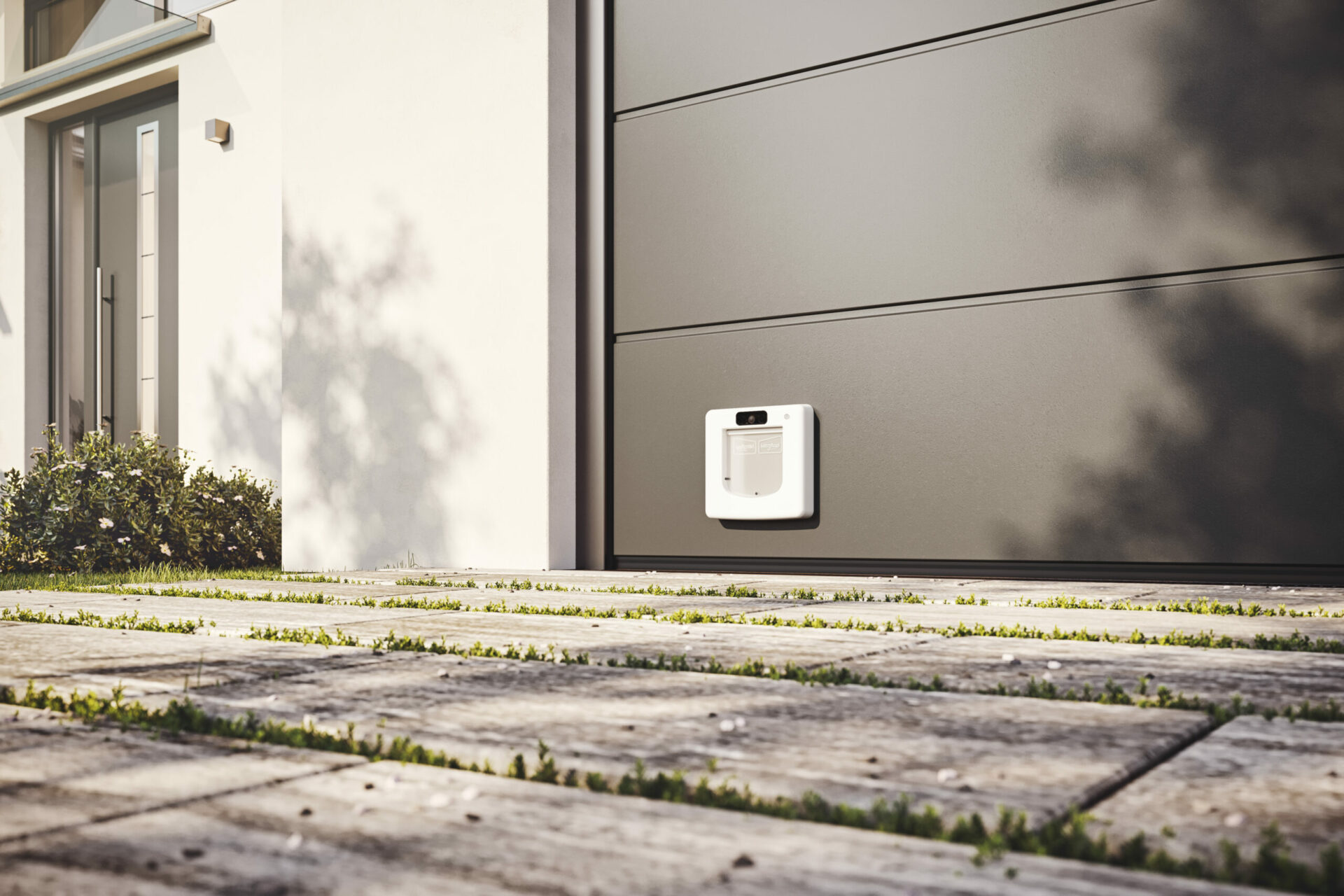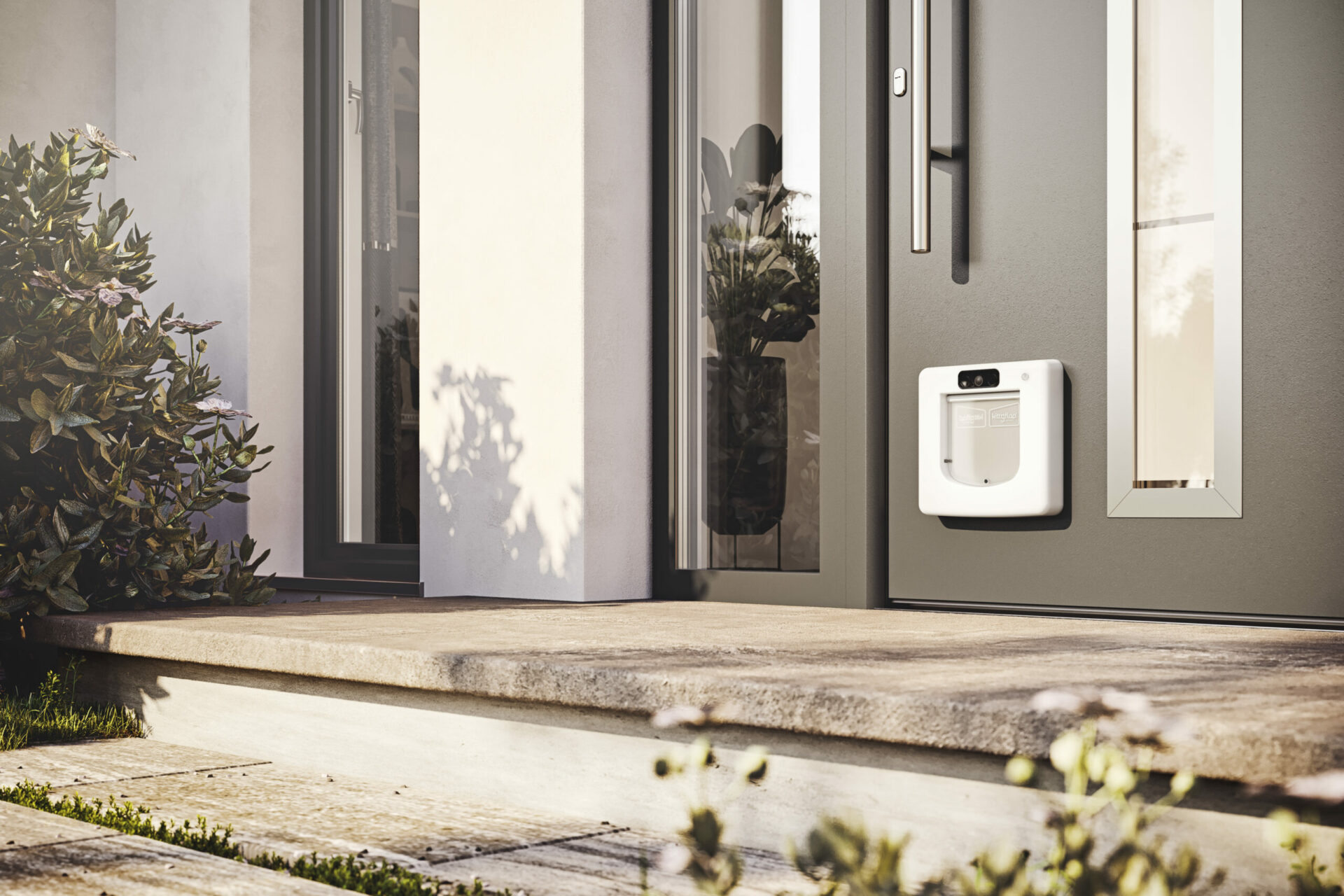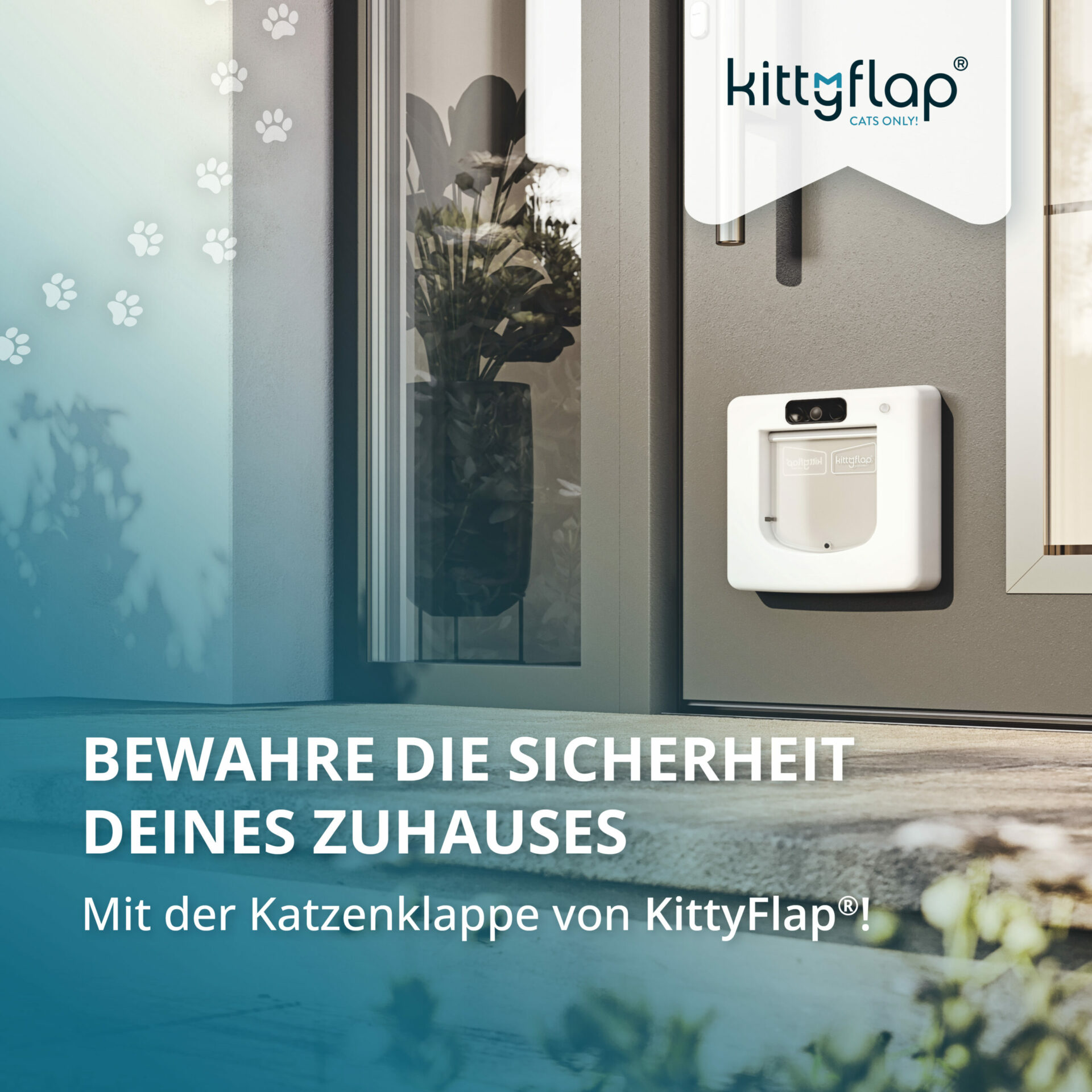Schade die nötige Lochgrösse in der Scheibe passt leider nicht. Die Idee finde ich super. Vielleicht schaut ihr euch ab was die Konkurrenz so für Lochgrössen haben, dann ist der Wechsel viel einfacher und weniger Kostenintensiv.
Ich bin absolut begeistert von der innovativen KI-gesteuerten Katzenklappe KittyFlap! Seit ich sie für meine beiden Katzen Laia und Feye installiert habe, hat sich mein Leben verändert. Endlich habe ich keine Sorgen mehr, dass meine geliebten Vierbeiner Beutetiere ins Haus bringen oder dass andere Tiere ungebeten eintreten.Die Zuverlässigkeit dieser Katzenklappe ist beeindruckend. Dank der fortschrittlichen KI-Technologie erkennt sie meine Katzen sofort und gewährt ihnen den Zugang, während sie unerwünschte Eindringlinge fernhält. Es ist erstaunlich zu sehen, wie die Klappen sich nur öffnen, wenn Laia oder Feye davor stehen. Andere Tiere haben keine Chance!Die Installation war unkompliziert und das System funktioniert reibungslos. Ich schätze die benutzerfreundliche App, mit der ich die Katzenklappe steuern und überwachen kann. So kann ich sicherstellen, dass meine Katzen jederzeit sicher im Haus sind.Ich bin auch beeindruckt von der Qualität und dem Design der KittyFlap. Sie passt perfekt in meine Tür und sieht elegant aus. Die Klappen sind robust und gut isoliert, was bei kaltem Wetter den Wärmeverlust minimiert.Die Tatsache, dass die KittyFlap nicht nur Beutetiere fernhält, sondern auch verhindert, dass andere Tiere ins Haus gelangen, gibt mir ein beruhigendes Gefühl. Meine Katzen können die Freiheit genießen, nach draußen zu gehen und wieder ins Haus zu kommen, ohne dass ich mir Sorgen machen muss.Ich kann KittyFlap uneingeschränkt empfehlen. Es ist eine intelligente Lösung für Katzenbesitzer, die ihren pelzigen Freunden einen sicheren Zugang zum Freien ermöglichen möchten, ohne dabei die Kontrolle über die Tierbewegungen zu verlieren. Die Kombination aus Innovation, Zuverlässigkeit und Schutz macht KittyFlap zu einer 5-Sterne-Katzenklappe!
Endlich keine halbtoten Vögel mehr in der Wohnung! Während unserem älteren Kater die Vögel und Kleintiere nicht gleichgültiger sein könnten, macht es sich unser Neuzugang zur Aufgabe, regelmässig Vögel in allen Farben in der Wohnung zu verteilen. Das schmerzt nicht nur das Tierfreundherz, es frustrierte und machte jede Menge Arbeit. Mit der KittyFlap ist damit schluss. Wurde zu Beginn noch lauthals die Beute zumindest vor der Tür präsentiert, Zugang war ja dank KittyFlap Beuteerkennung geschlossen, verzichtet unser junger Kater nun gänzlich auf das anschleppen seiner Jagdtrophäen.Absolute Kaufempfehlung!
Eine Katzenklappe die ihren Namen verdient. Keine ungebetenen Besucher kommen mit ins Haus.
Vor einiger Zeit habe ich das Startup bei der Höhle der Löwen gesehen und konnte kaum abwarten, bis das Produkt verfügbar ist. Ich bin begeistert nun einer der ersten Personen sein zu dürfen, die dieses Produkt testen kann um endlich Mäusefrei zu leben.
Als Katzenbesitzer bin ich nach wie vor auf der Suche nach der passenden Lösung, um Fremdtiere aus unserem Haus fernzuhalten, die unser Kater regelmäßig als Ausdruck seiner Zuneigung nach seinen Streifzügen mitbringt. Ich bin jetzt schon begeistert und glücklich, dass ich mir im Vorverkauf ein Exemplar der KittyFlap sichern konnte.
